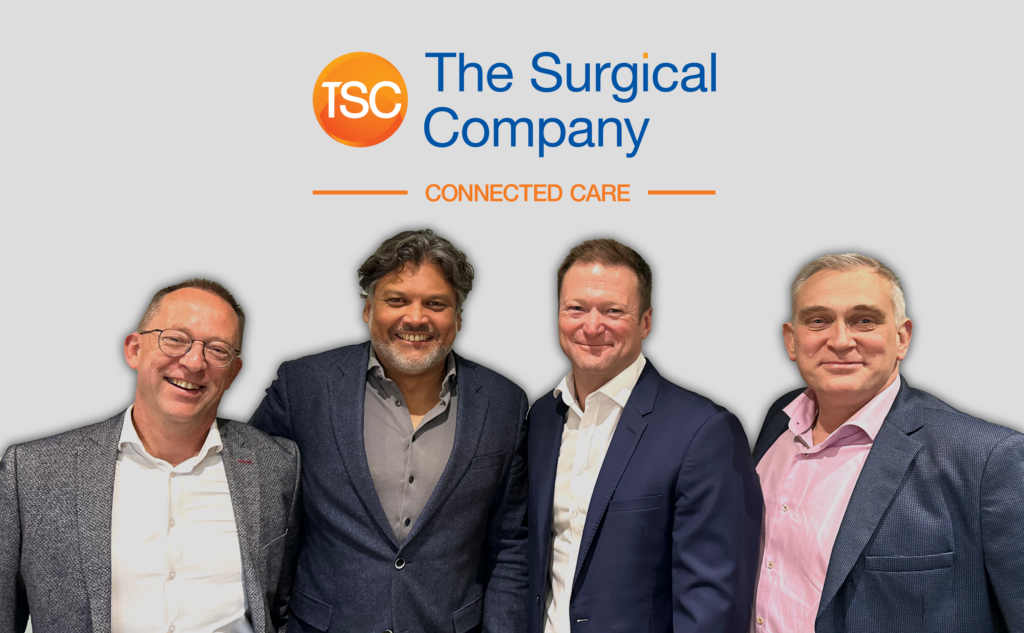The solution comprises a lightweight, wireless, disposable patch that relays patient vital sign data to a Sensium Bridge and then onto the Sensium Link server software package where clinicians can interact with the data. This technology-enabled care delivery model decreases the cost of care to patients, payers, and providers by aiding early intervention. Due to its proven efficacy, the Sensium System has been adopted by the UK’s National Health Service as well as leading hospital systems in the Netherlands and France.
“The Sensium System is a treatment prompt rather than a mere monitoring product, and acts as a clinical early warning system for acute care,” said Srinath Venkatasubramanian Industry Analyst. “It automatically takes readings every two minutes and notifies nurses and physicians on conditions such as sepsis, cardiac arrest, and respiratory depression, thus helping prevent the advent of hospital-based adverse events.”
While competitors typically derive the respiratory rate via electrocardiograph (ECG), which is prone to reading errors in the upper and lower end of the respiratory spectrum, the Sensium patch employs impedance pneumography to monitor the respiratory rate, similar to high-end ICU monitors. The device uses a single-lead ECG to measure the electrical activity of the heart; the patch also measures axillary temperature, a clinically appropriate surrogate for core body temperature.
Sensium’s commercial model is flexible and can be customized based on targets set by the hospitals. The system’s ability to support early detection of any deterioration coupled with an outcome-centric approach greatly improves hospital capacity. The company also offers a range of integration services and additional software packages for the electronic observation capture of other vital signs and management reporting functionality.
“Significantly, Sensium can seamlessly integrate its solution into the existing care protocol. It also enables patients to be placed in optimal care settings to enhance healing, thus decreasing costs, complications, and the burden on clinical workflows,” noted Venkatasubramanian. “The Sensium System can potentially save GBP 466 per patient and GBP 700,000 per hospital ward annually by preventing readmissions and decreasing the length of stay. These cost savings and superior patient convenience place Sensium’s technology ahead of its competitors’ in the remote patient monitoring market.”
Each year, Frost & Sullivan presents the Technology Leadership Award to the company that has demonstrated uniqueness in developing and leveraging new technologies that deliver significant customer value.
Frost & Sullivan Best Practices awards recognize companies in a variety of regional and global markets for demonstrating outstanding achievement and superior performance in areas such as leadership, technological innovation, customer service, and strategic product development. Industry analysts compare market participants and measure performance through in-depth interviews, analysis, and extensive secondary research to identify best practices in the industry.





